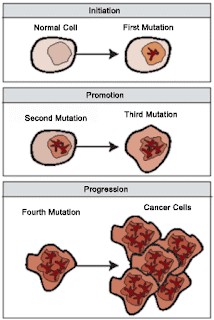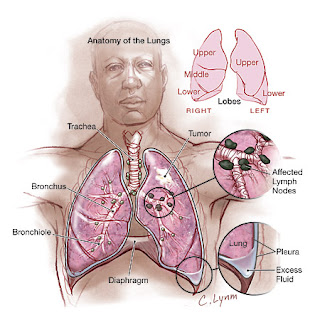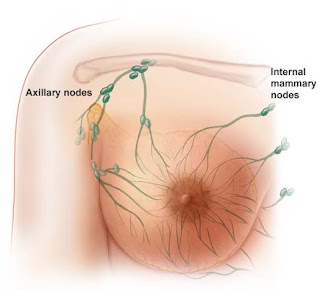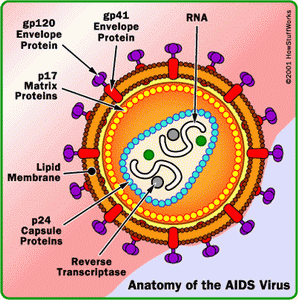Typhoid
Typhoid is a bacterial disease characterized by a continued classical fever. It is caused by bacillus bacterium called salmonella typhi.
It is commonly found in intestine of man, so typhoid fever is also called enteric fever. It is most communicable disease and mainly attacks
in 1-15 years age g

roup each year of 20% people. Typhoid fever is protected disease featuring bacteremai (1st week) widespread reticuloendothelial
involvement with splenomegaly and foci of necrosis in the liver (2nd week) and ulceration of pear patches with intestinal bleeding and ulceration(3rd week).
Gall bladder colonization produces a chronic carrier state chronic infection also may affect the joints bones, meanings and other sites. It is worldwide i.e.
cosmopolitan and a common disease of rural areas(i.e. due to poor sanitation).
Causative Organism
The causative agent of typhoid is Salmonella typhi (typhoid bacillus). Salmonella species is a major cause and common source of enter colitis, producing localized
mucosal disease in the ileum and colon. S. typhimurium is the archetypal organism that invades peyer patches and produces local ulceration over massively enlarged
lymphoid tissue. Life threatening systemic illness is the hallmark of S. tyhpi, where by small intestinal invasion leads to systemic dissemination (typhoid fever).
Mode of transmission
Direct or Indirect contact with patient or carrier. The products of vehicles- spread and contaminate food and water. The germs from infected food and water get entry into the
alimentary canal and cause lesions in patches in the small intestine. Raw fruits and vegetables are important factors. Milk and milk products are also causative
agents. Beef eggs and poultry are also important factors.
Incubation period It is able to assume different numerical values (variable). The usual amount is two weeks, average ranges 1-3 weeks.
Symptoms Following clinical features appears during typhoid fever:
Headache, Classic typhoid fever, Pain in abdomen, Lesions of intestinal mucosa, Hemorrhage and ulceration in intestine, Tongue is coated centrally and rose colored rash on chest
and upper abdomen(during second week).
Diagnosis Widely test comes positive during second week.
Treatment:Antibiotics like Ampicillin and Chloramphencol.
Prevention: 1. Protection, purification and chlorination of public water supplies.
2. Construction of safe private supplies.
3. Sanitary disposal of human excreta.
4. Fly control by screening and spraying insecticides.
5. Boiling or pasteurization of milk and dairy products.
6. Health education to the general people.
7. Discovery and supervision of typhoid carriers.
8. Immunization with a vaccine of high antigen city
9. Use of boiled water and avoid hawkers' food.














